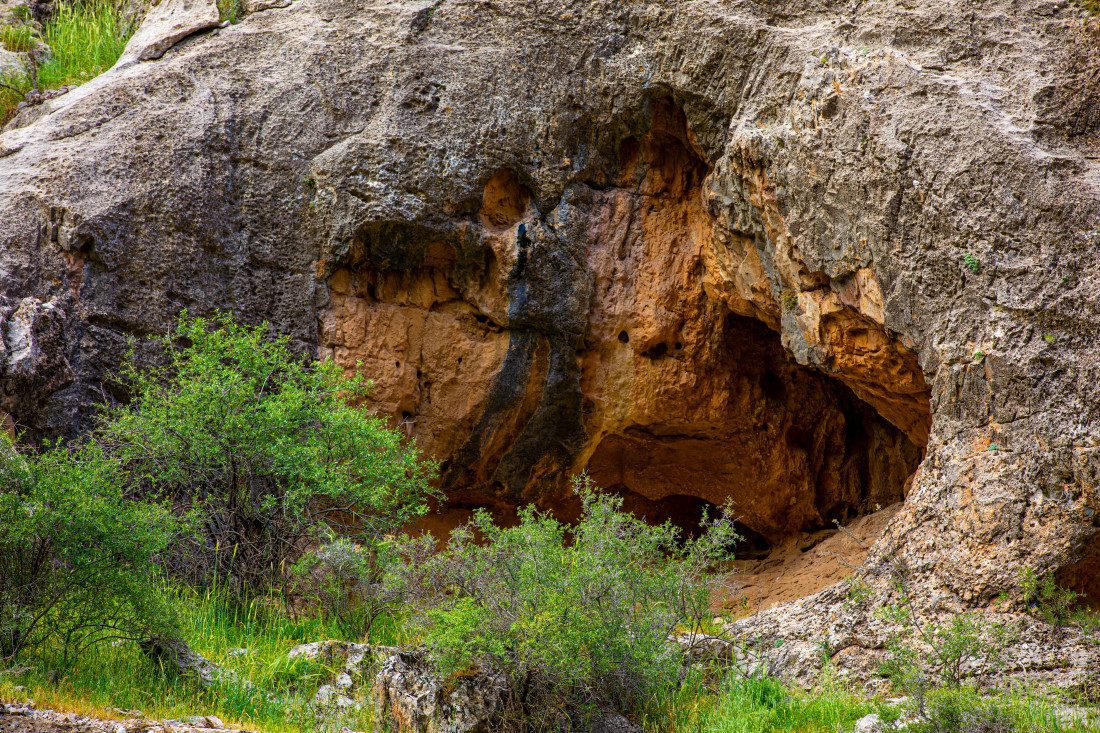Hatak is located in the eastern part of Kuhitang
This village used to be called Charbak. The initial part of the hatak was called Dahana, the next -the Middle Charbak, then - Julga. The village of Khatak is located next to the Surkhandarya State Nature Reserve. Khatak is located on the border of the Surkhan State Nature Reserve, founded in 1986. The reserve is an invaluable space on the Kuhitang ridge, where mountain and forest ecosystems, rare species of animals and plants are protected. The total area is 23,802 hectares, of which the territory occupied by mountain forests is 9284 hectares. The Surkhan State Nature Reserve is very rich in plant species. There are more than 800 species of plants in this area. More than 40 plant species are listed in the "Red Book" of Uzbekistan.
These include Tubergen tulip, Surkhan tulip, snake onion, red astragalus, Boysun astragalus, several species of Shirah and other plants. The lower part of the reserve belongs to a hilly area. The lower part of the reserve belongs to a hilly area. The most common plant species in these lands are flower (hazel), bluebell, honeysuckle, tulip, andiz, Shirah. The plants of this region are ephemeral and dry up in summer. Apricots, apples, walnuts, hawthorn, almonds, grapes grow in the mountains and in the foothills, as well as trees such as pears, jains, dates, cherries, cherry mushroom, peaches, thistles, pumpkin, cashews. The village of Hatak is considered to be a territory that has preserved a unique art form – Badash. It must be said that the songs performed during the daily life of the population, work, weddings, ceremonies and holidays were directly contained in the ancient musical direction - badasha. The term Badash is associated with the Old Turkish word badar, which means "light noise, beating".
Leave a comment
By logging in, you agree to the processing personal data
See also
Workhours: 9:00-18:00, Mn-Fr
For any questions
Uzbekistan


 UZB
UZB RUS
RUS CN
CN JPN
JPN ARA
ARA FRA
FRA DE
DE POR
POR ESP
ESP TUR
TUR ITA
ITA HIN
HIN MAL
MAL

A comment